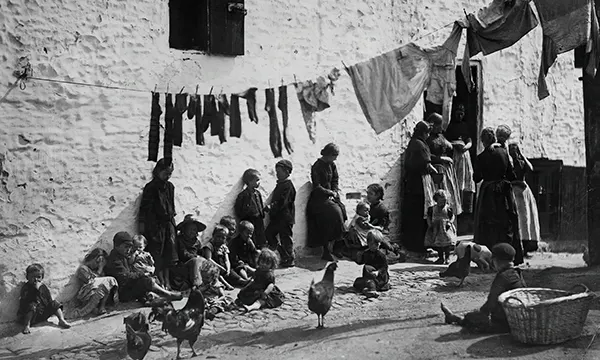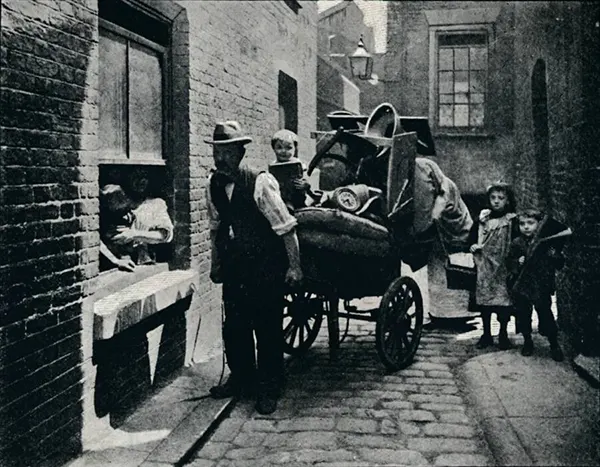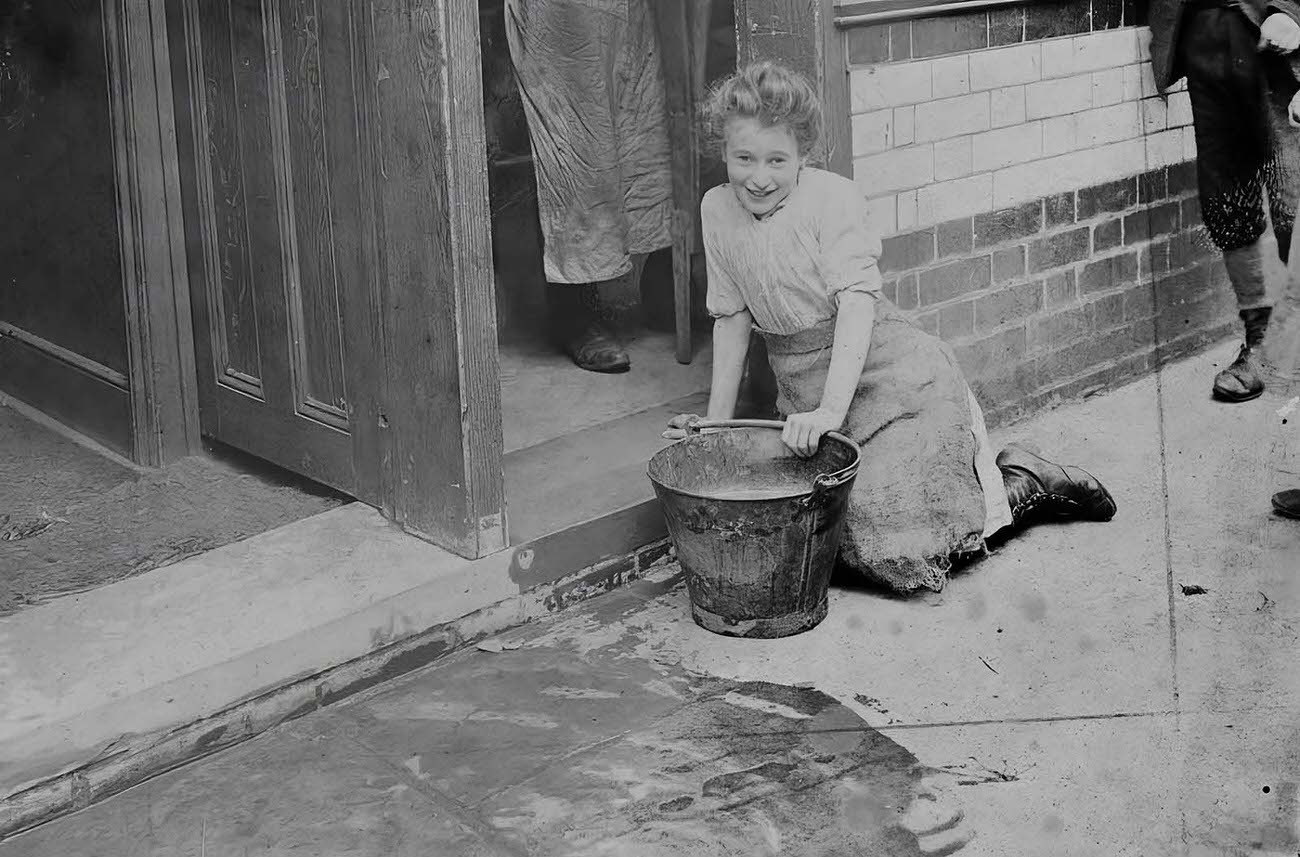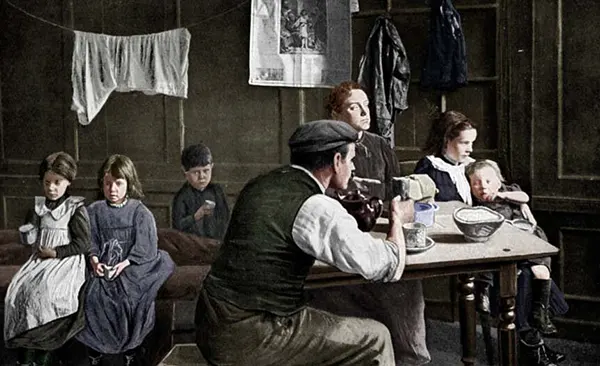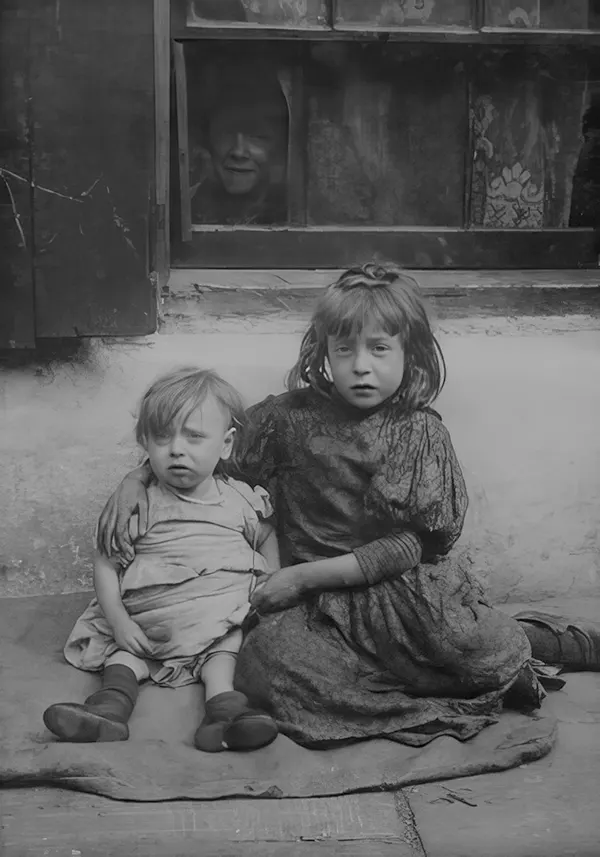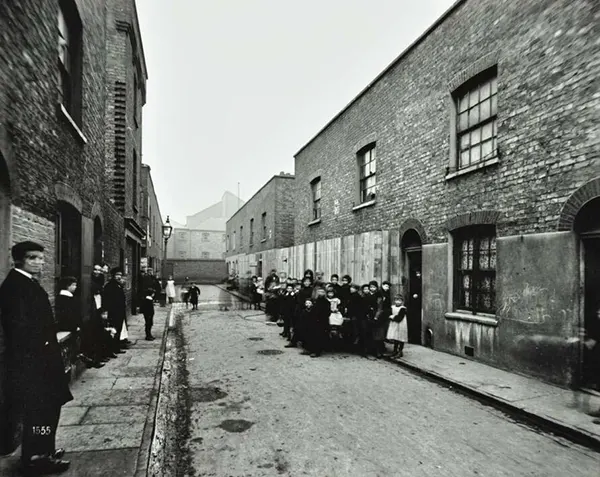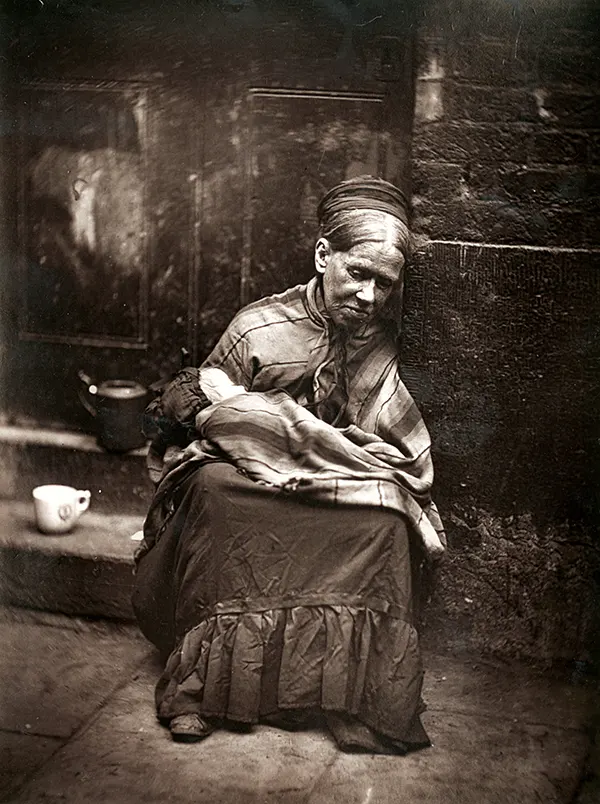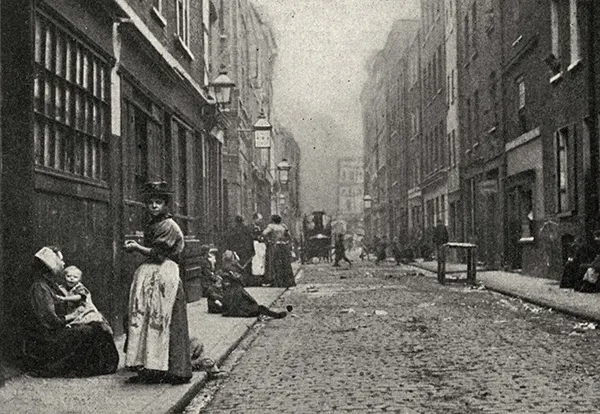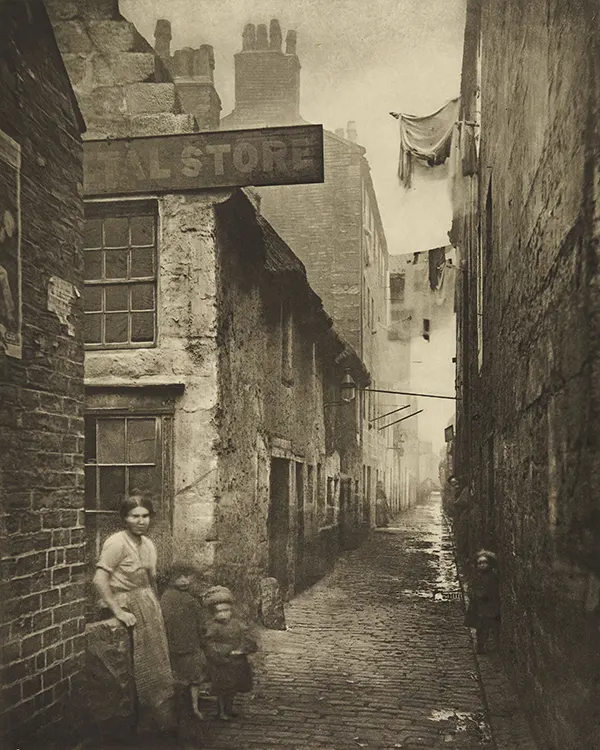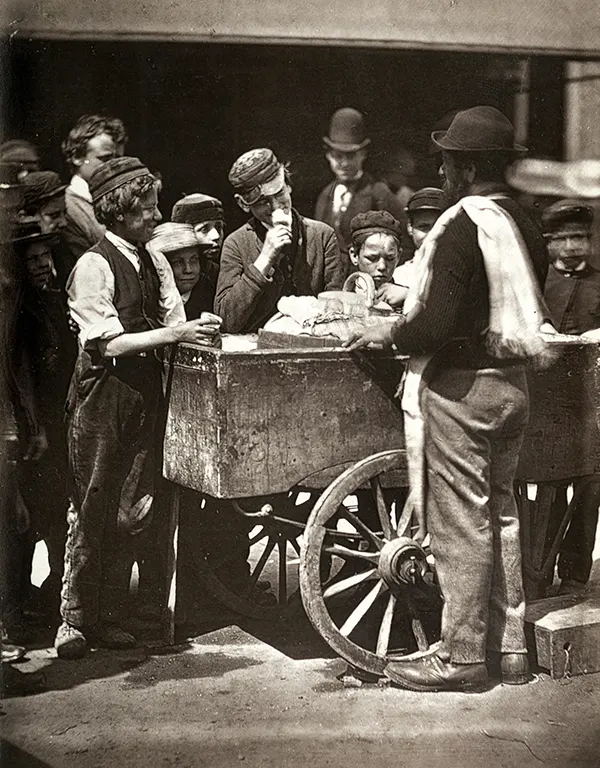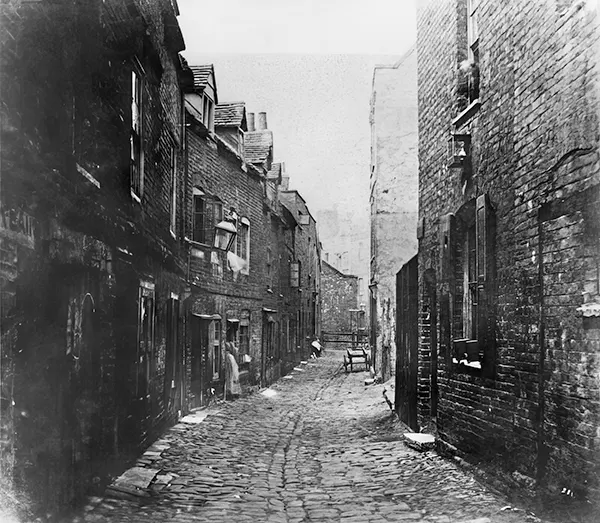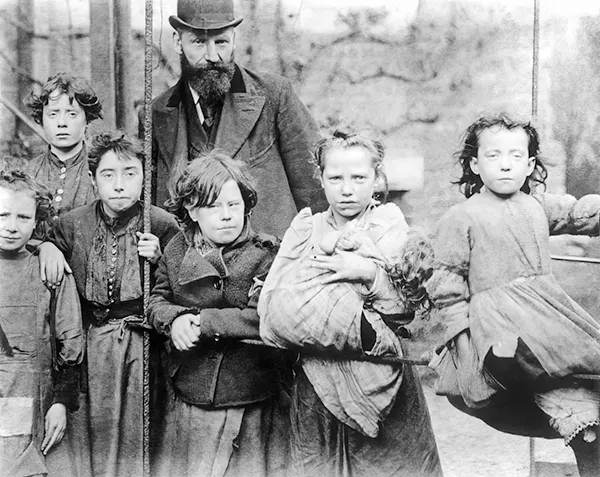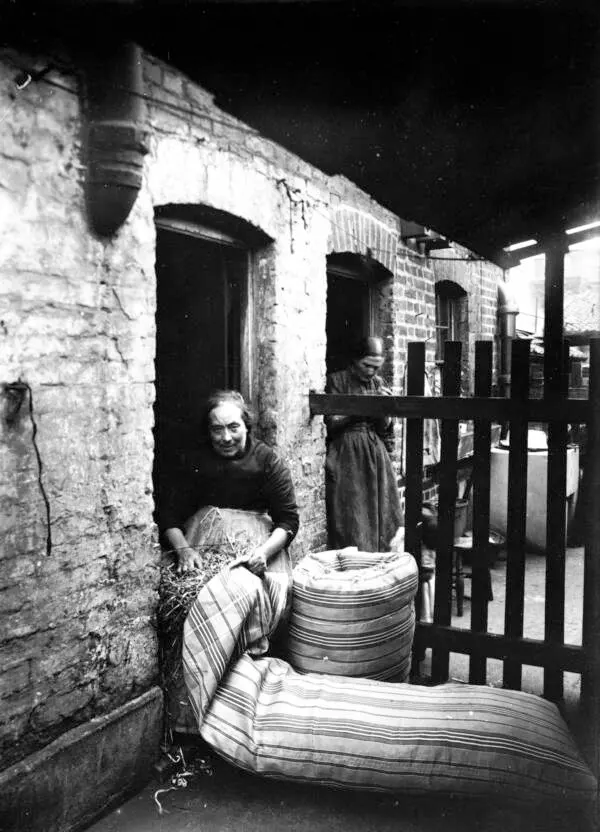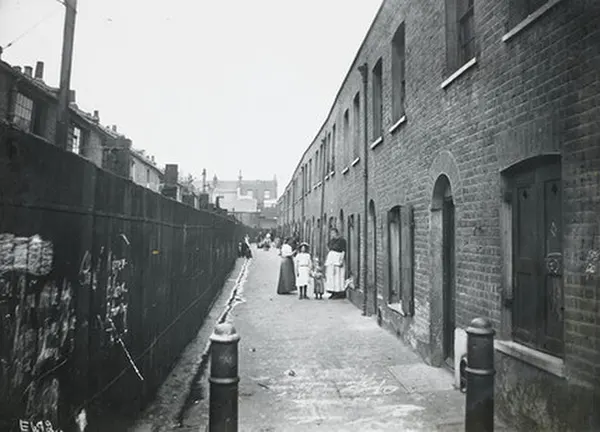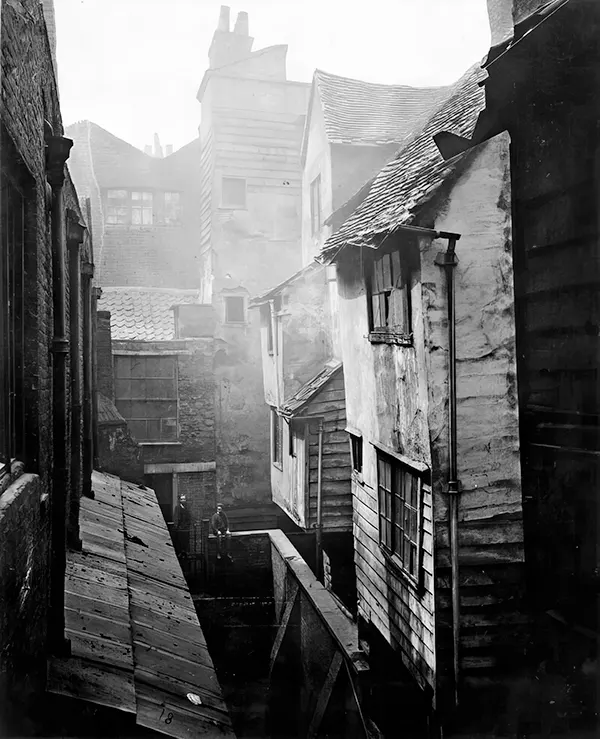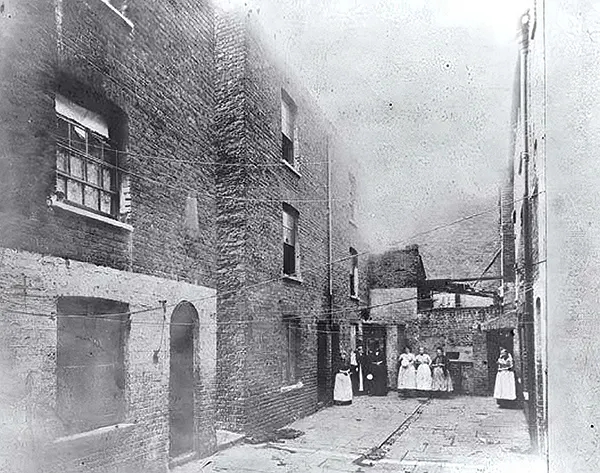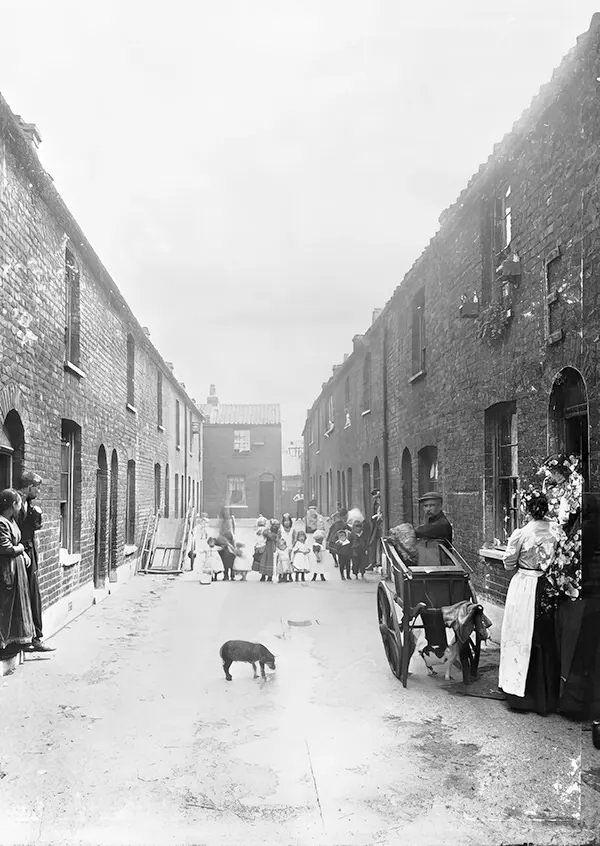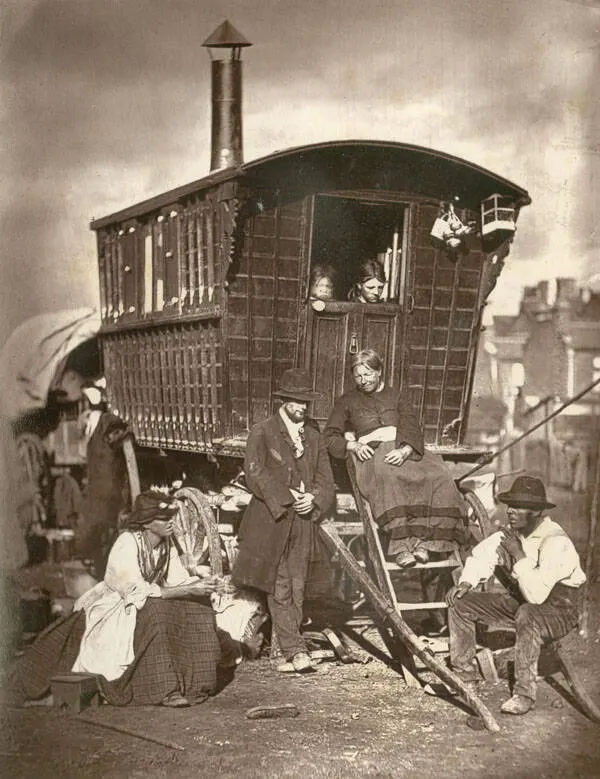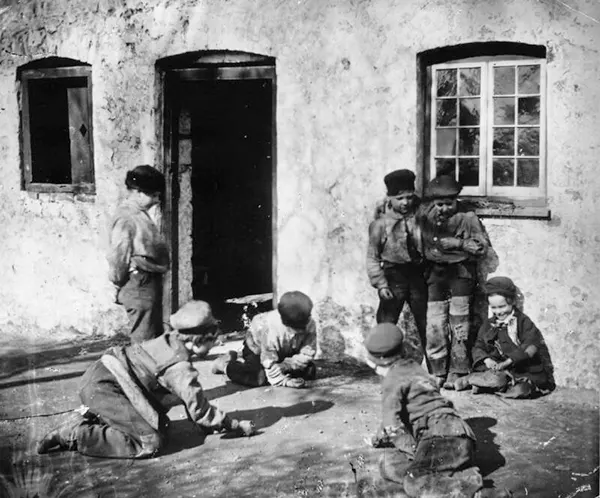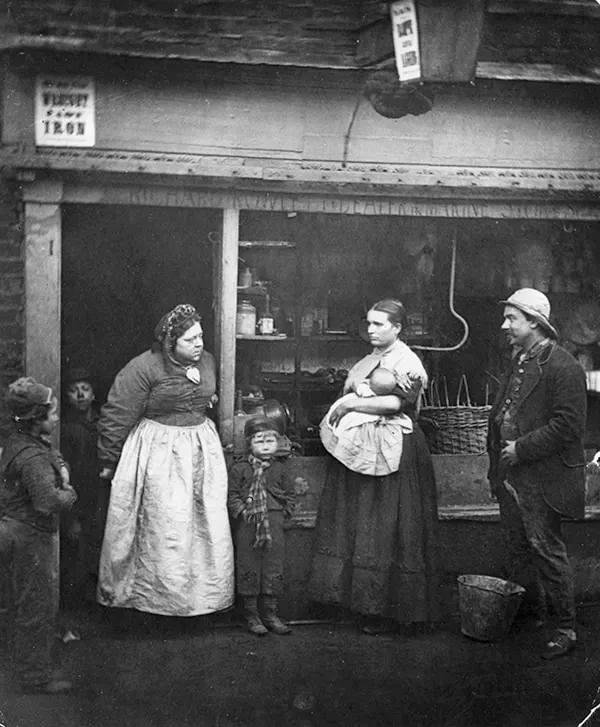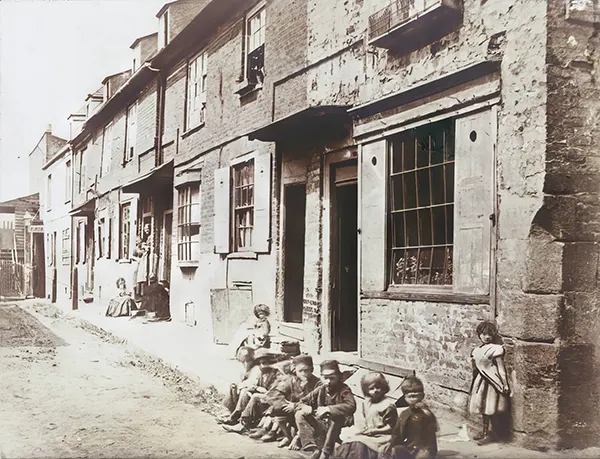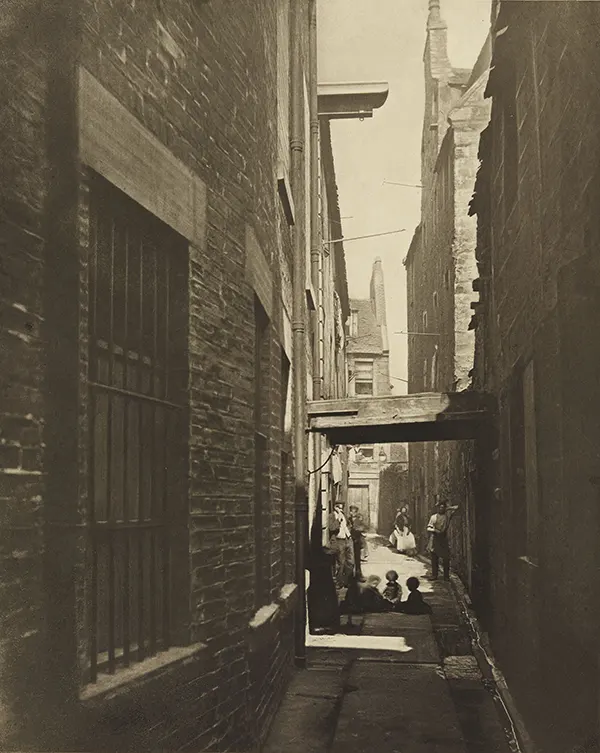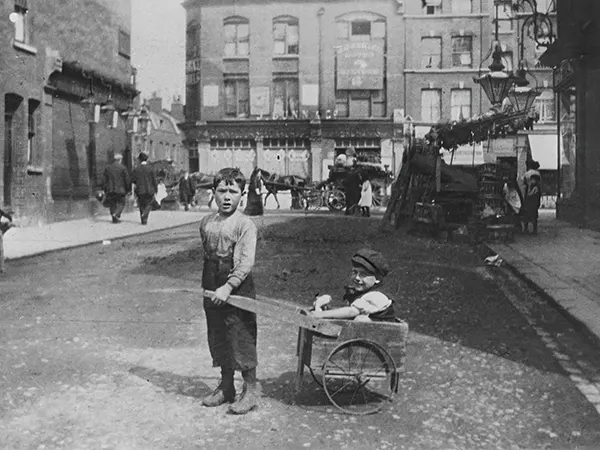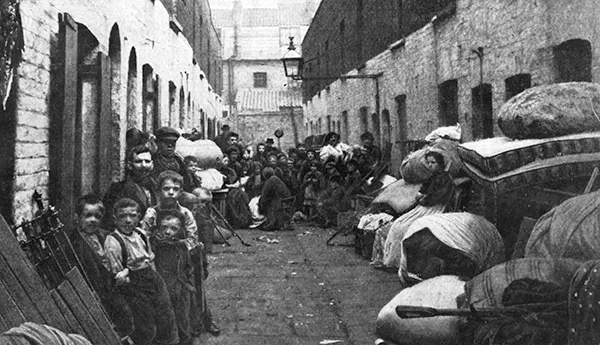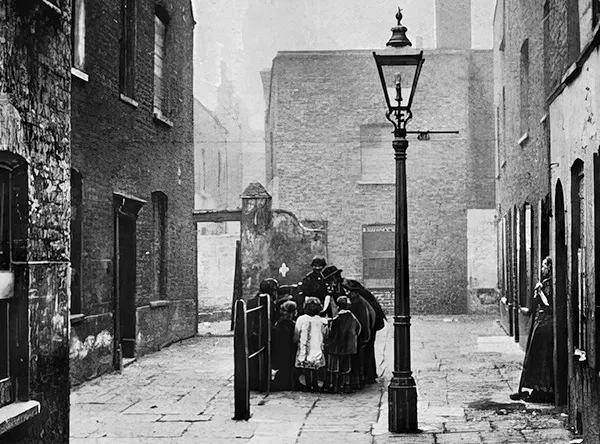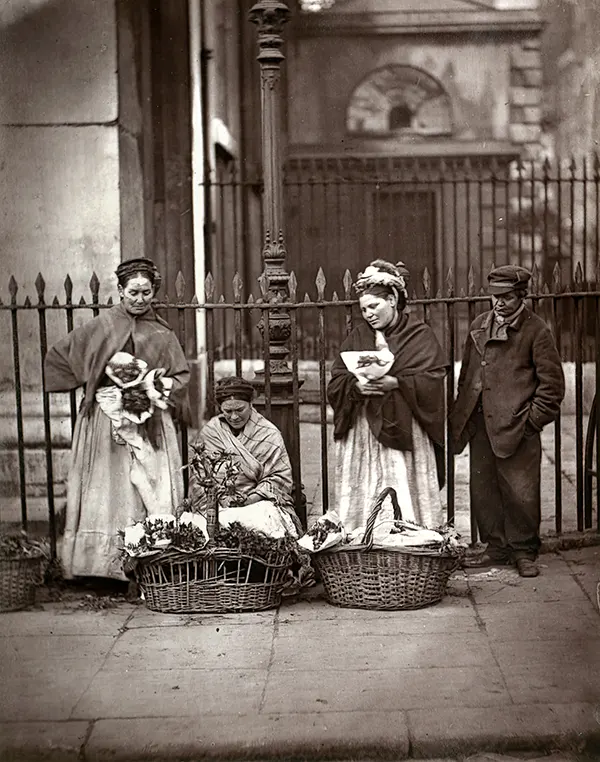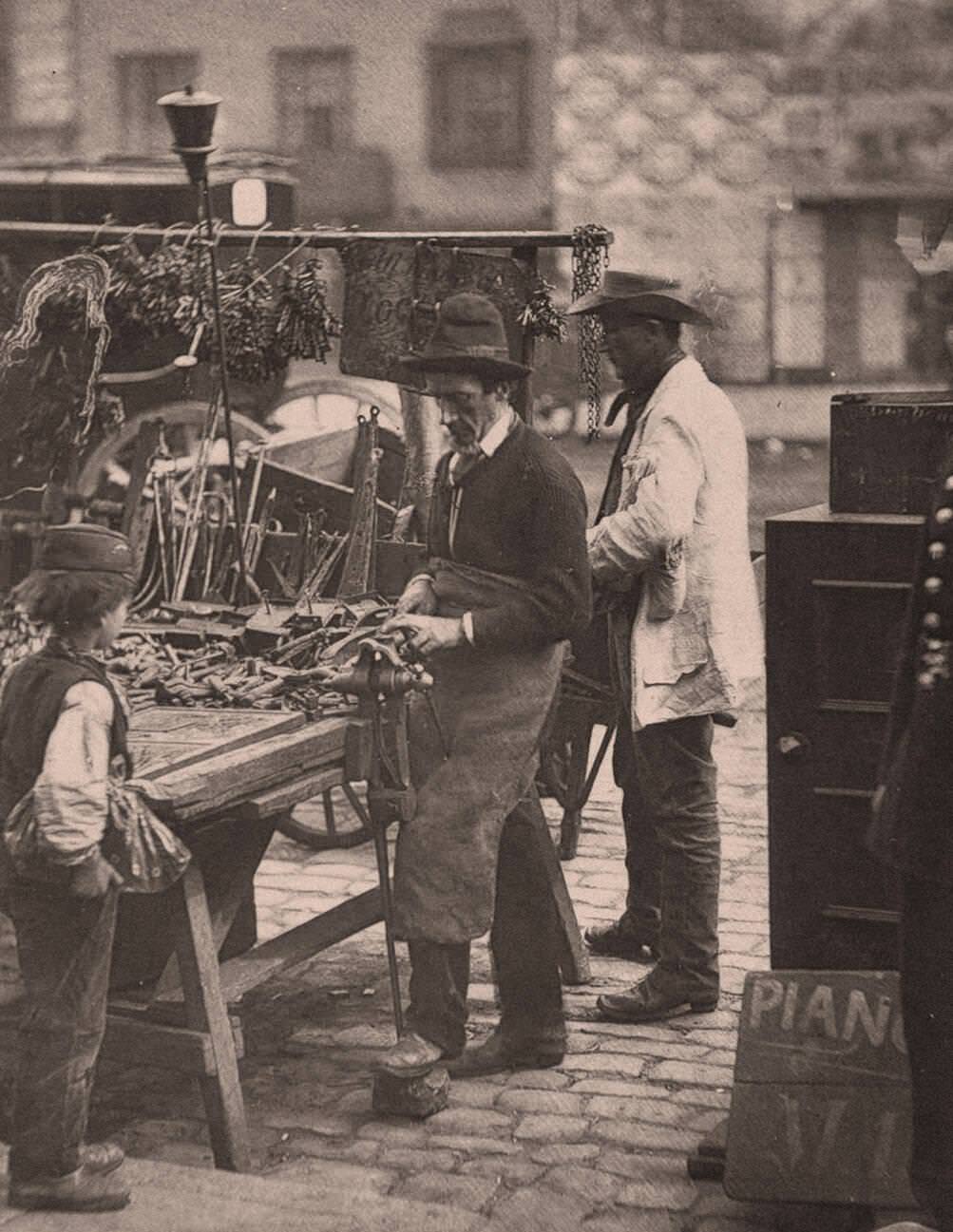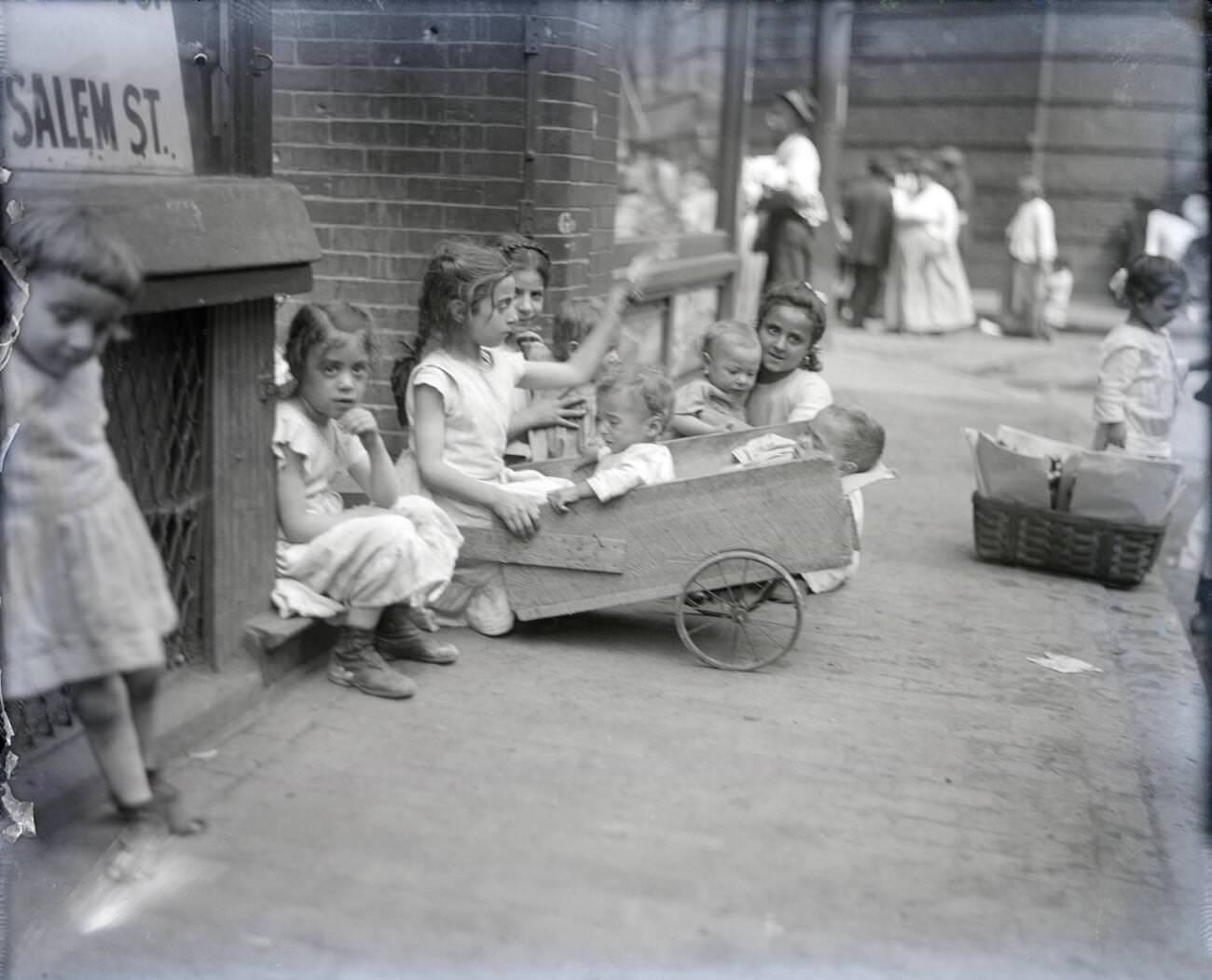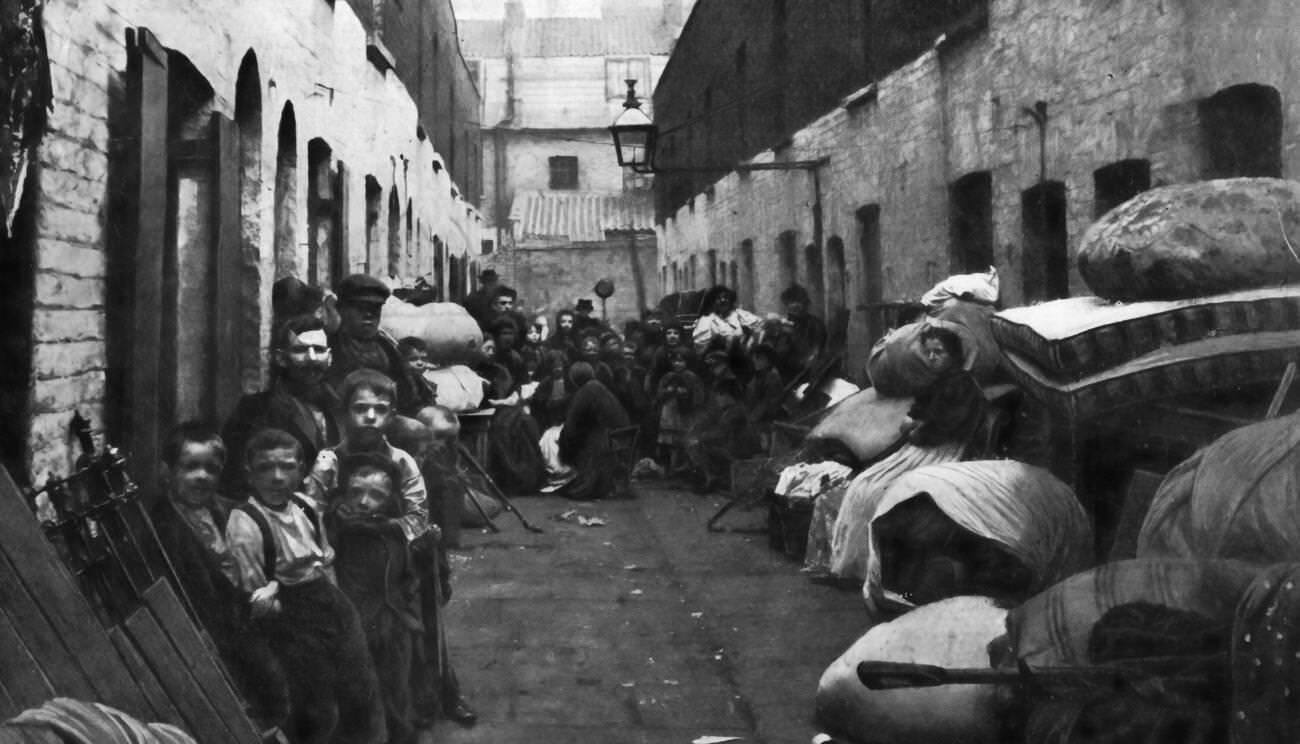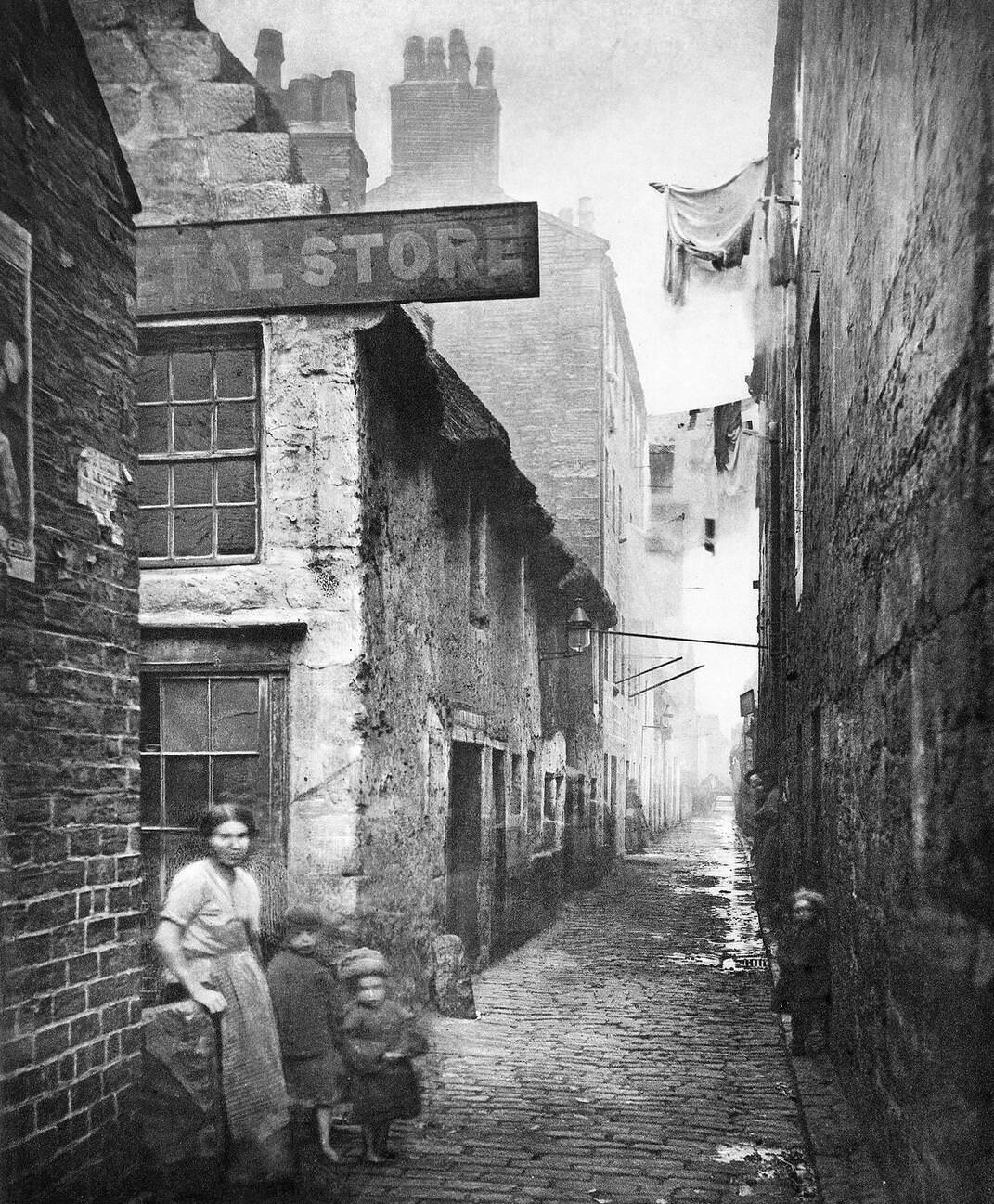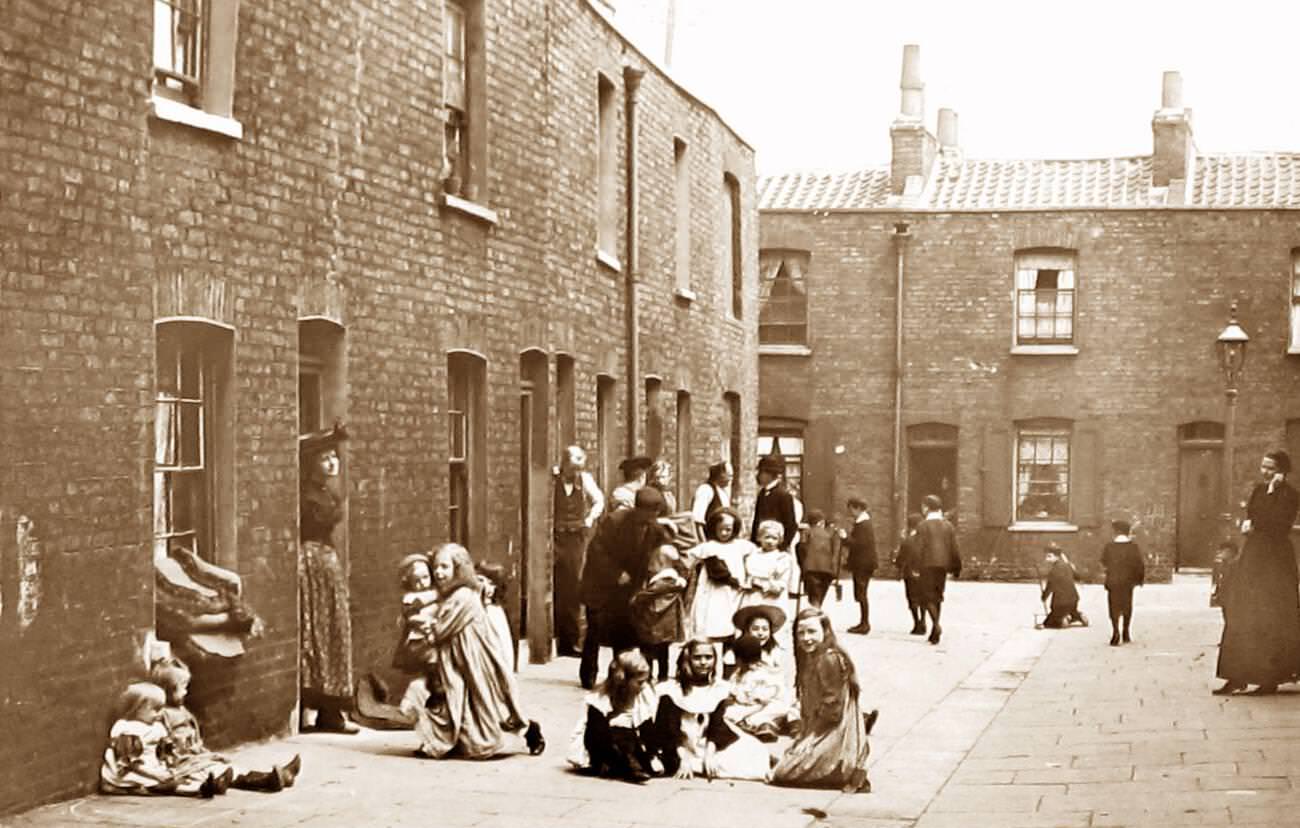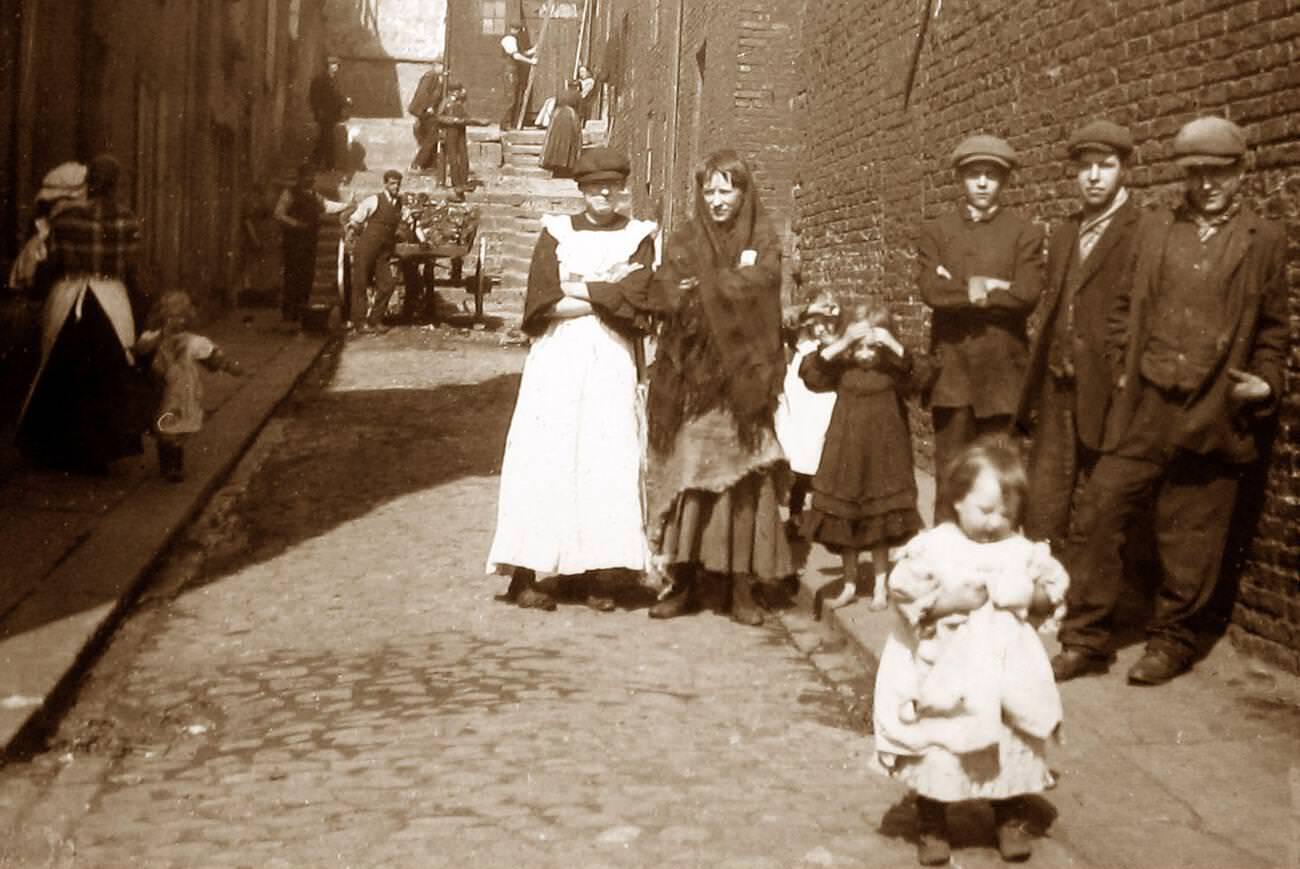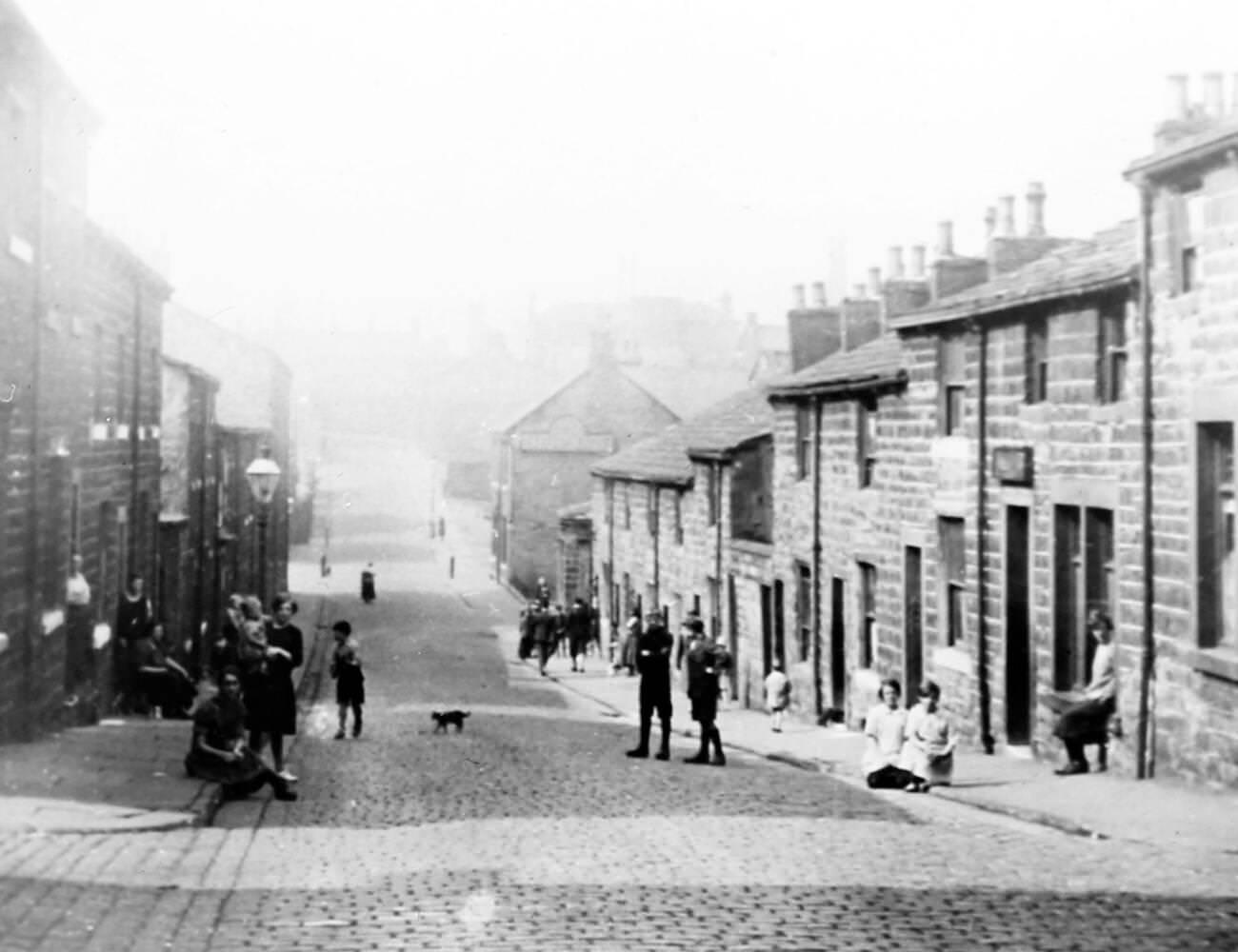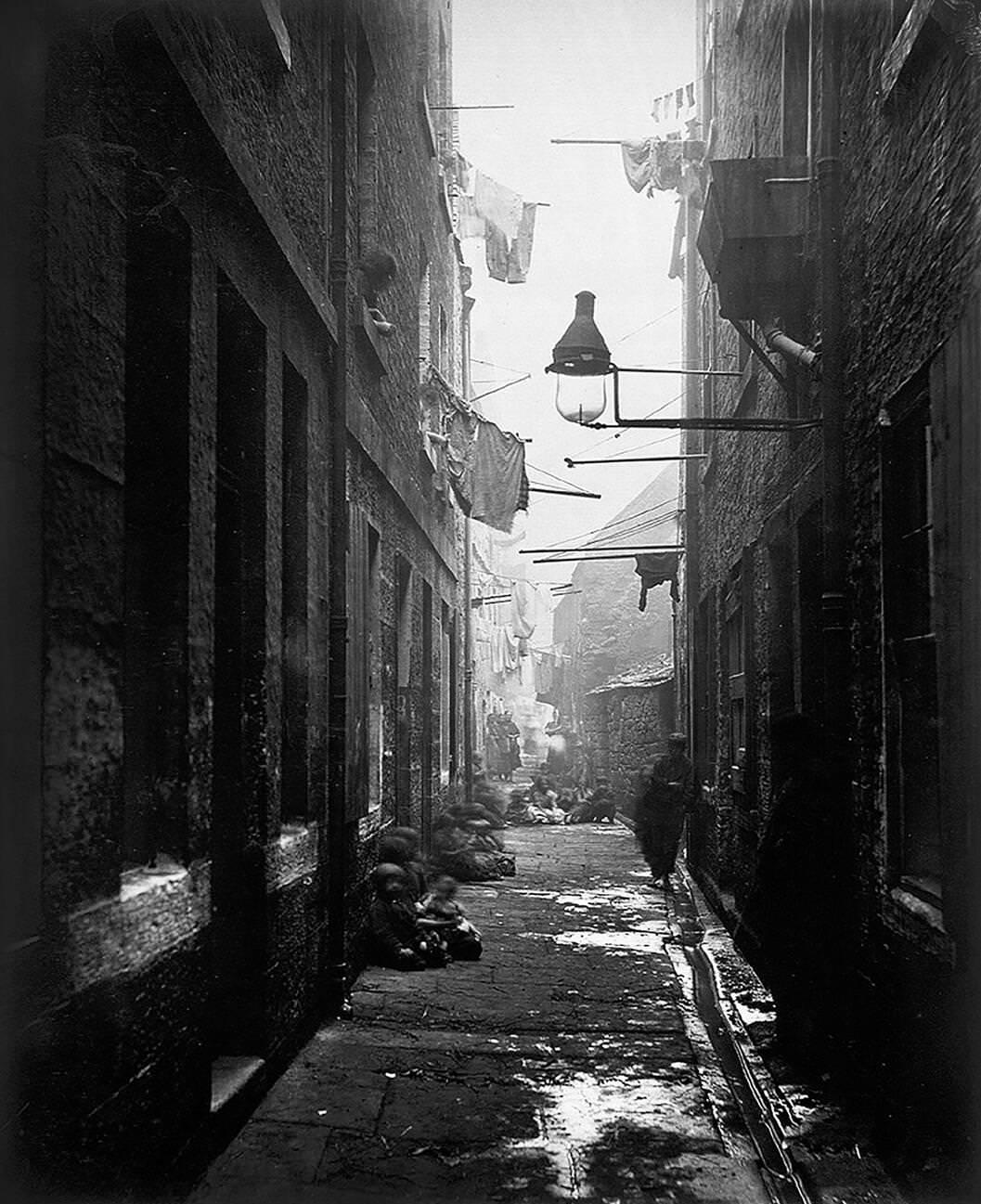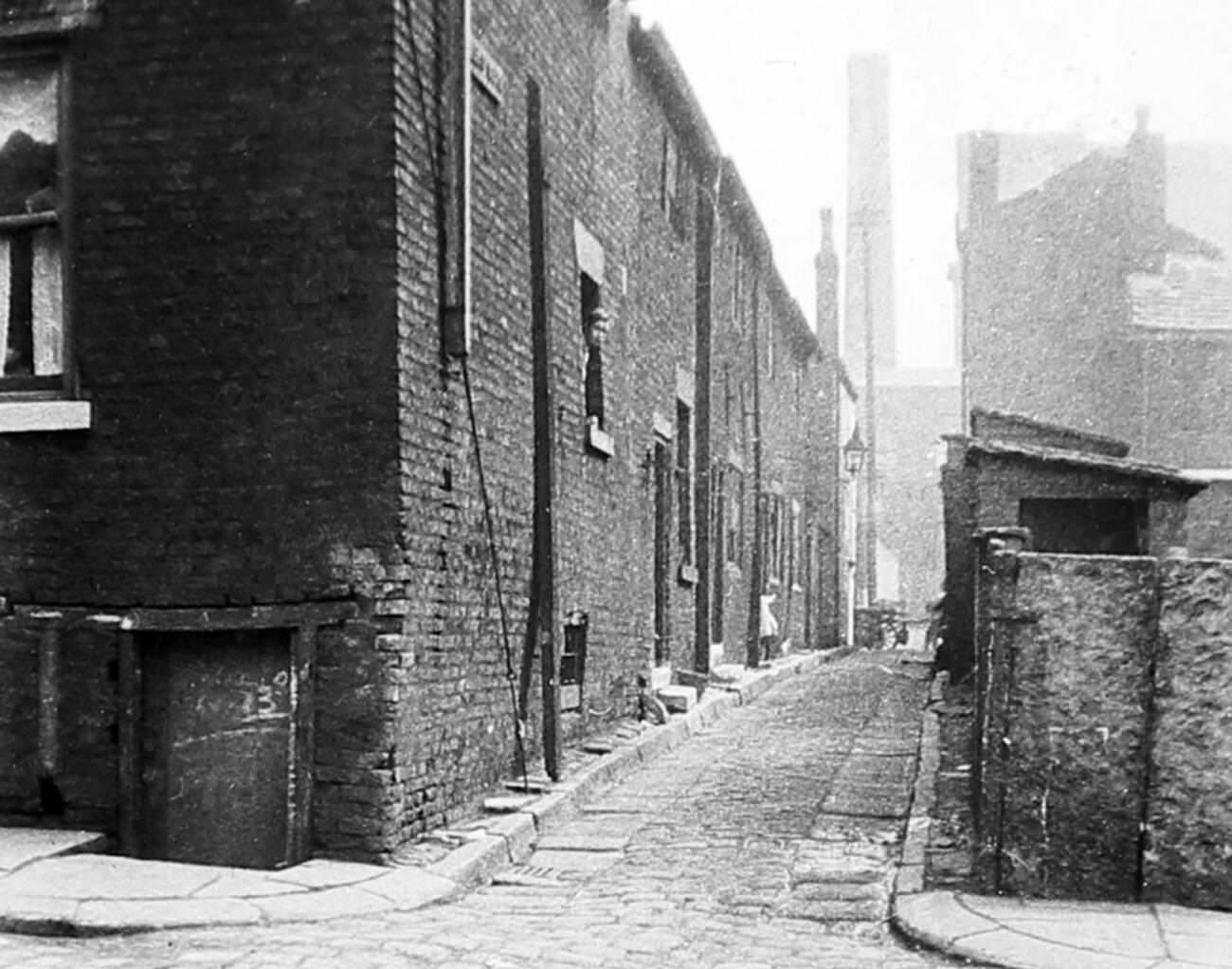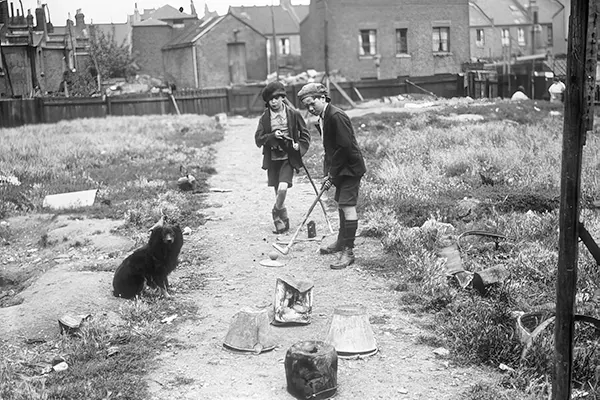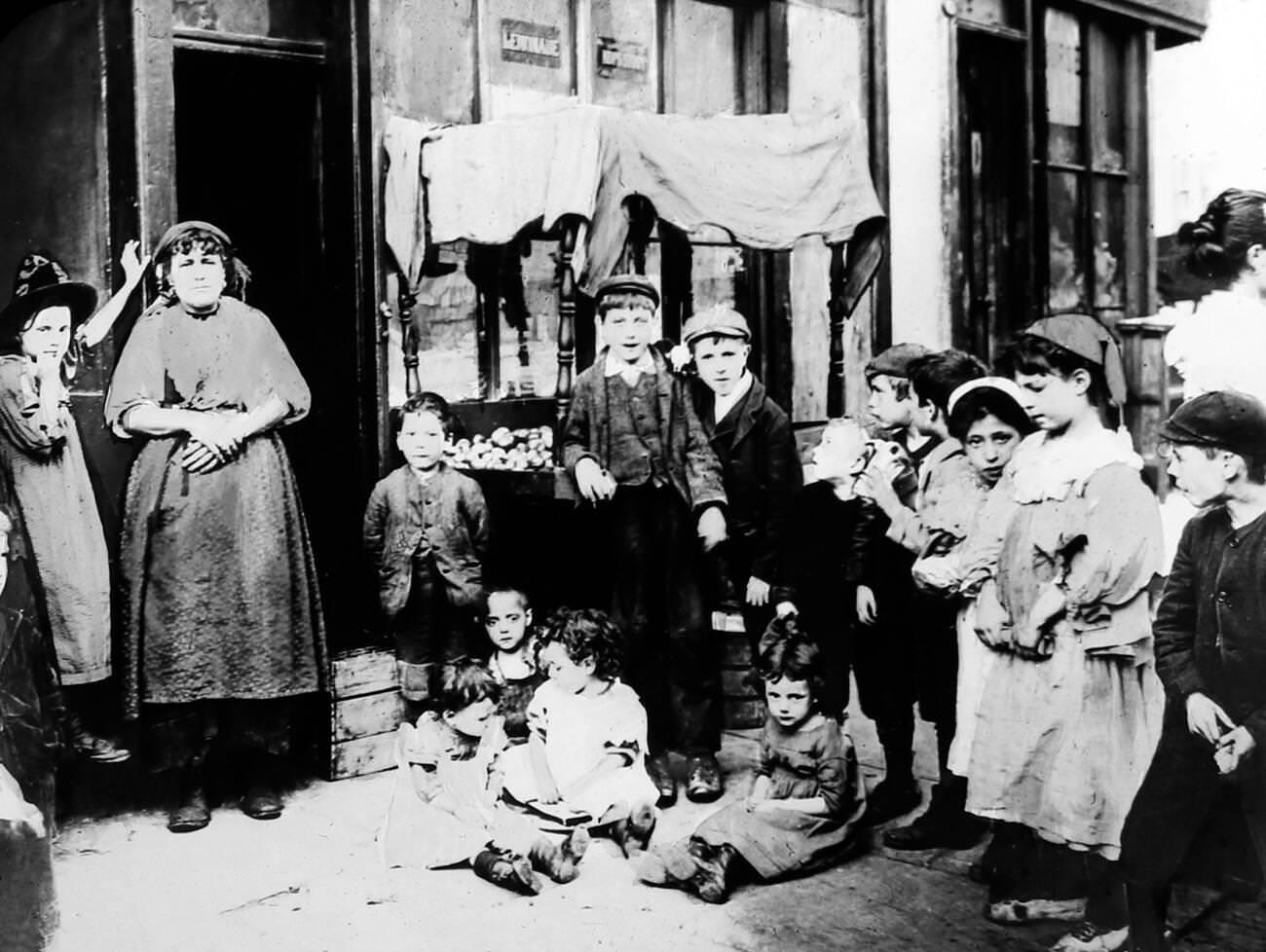In the 19th century, during the Victorian era, cities in Britain grew rapidly. The Industrial Revolution brought many changes, including a surge in population. People flocked to the cities in search of work. This sudden growth led to the development of slums, areas of dense and poor housing where living conditions were harsh.
The Industrial Revolution transformed Britain from a rural society to an urban one. Factories and mills needed workers, so people left the countryside and moved to cities like London, Manchester, and Birmingham. The population of London alone grew from about 1 million in 1800 to over 6 million by 1900. This massive influx of people put a strain on housing, leading to the rise of slums.
Overcrowded Living Conditions
Victorian slums were characterized by extreme overcrowding. Families often lived in small, cramped rooms. Sometimes, multiple families would share a single room. These rooms were part of larger buildings called tenements, which were poorly constructed and not maintained. The lack of space and privacy was a major issue. People slept in shifts because there wasn’t enough room for everyone to lie down at the same time.
Read more
Sanitation in the slums was almost non-existent. There were few toilets, and those that existed were often shared by many families. Waste would accumulate in the streets, leading to terrible smells and the spread of disease. Water was another major problem. Clean drinking water was hard to come by, and people often had to drink contaminated water, which led to outbreaks of cholera and other illnesses.
The combination of overcrowding and poor sanitation created a breeding ground for disease. Cholera, typhoid, and tuberculosis were common. These diseases spread quickly in the cramped and dirty conditions of the slums. Infant mortality rates were very high. Many children did not survive to adulthood, and those who did often suffered from malnutrition and other health problems.
The Struggle for Work
Finding work was a constant struggle for those living in the slums. Jobs were often hard to come by and did not pay well. Many people worked in factories, where conditions were dangerous and hours were long. Child labor was common. Children as young as five or six would work in factories, mines, and other hazardous environments to help support their families.
Crime and Violence
The harsh conditions of slum life led to high levels of crime and violence. With few opportunities for legitimate work, some people turned to crime to survive. Gangs were a common presence in the slums. These gangs often fought over territory and control of illegal activities like gambling and theft. The police had little control over these areas, and many crimes went unpunished.
Life Inside the Slums
Daily life in the slums was a constant struggle. People had to be resourceful to survive. Women often took on multiple jobs, such as washing clothes or taking in lodgers, to make ends meet. Men would take any available work, no matter how dangerous or poorly paid. Children, too, contributed to the family income by working or scavenging for things to sell.
The housing in slums was typically very poor. Buildings were old and in disrepair. Roofs leaked, walls were damp, and floors were often just bare earth. There was little ventilation, making the air inside stuffy and unhealthy. Because these buildings were so close together, fires were a constant danger. A single spark could quickly spread through the tightly packed homes, causing widespread destruction.
Efforts to Improve Conditions
Throughout the Victorian era, some efforts were made to improve conditions in the slums. Reformers and social activists worked to raise awareness about the plight of the poor. They pushed for better housing, sanitation, and health care. Some charitable organizations provided food, clothing, and education to those in need. However, significant changes were slow to come, and many people continued to live in desperate conditions.
Philanthropists played a crucial role in trying to alleviate the suffering of those in the slums. Wealthy individuals and organizations donated money and resources to help the poor. Figures like Charles Dickens used their influence to highlight the conditions of the slums and advocate for change. These efforts brought some improvements, but the scale of the problem was immense.
Children in the Victorian slums faced particularly harsh lives. Many did not attend school because they had to work. Those who did go to school often attended overcrowded and underfunded institutions. Despite these challenges, some children managed to find moments of joy and play. Street games and makeshift toys provided brief escapes from the harsh realities of slum life.


